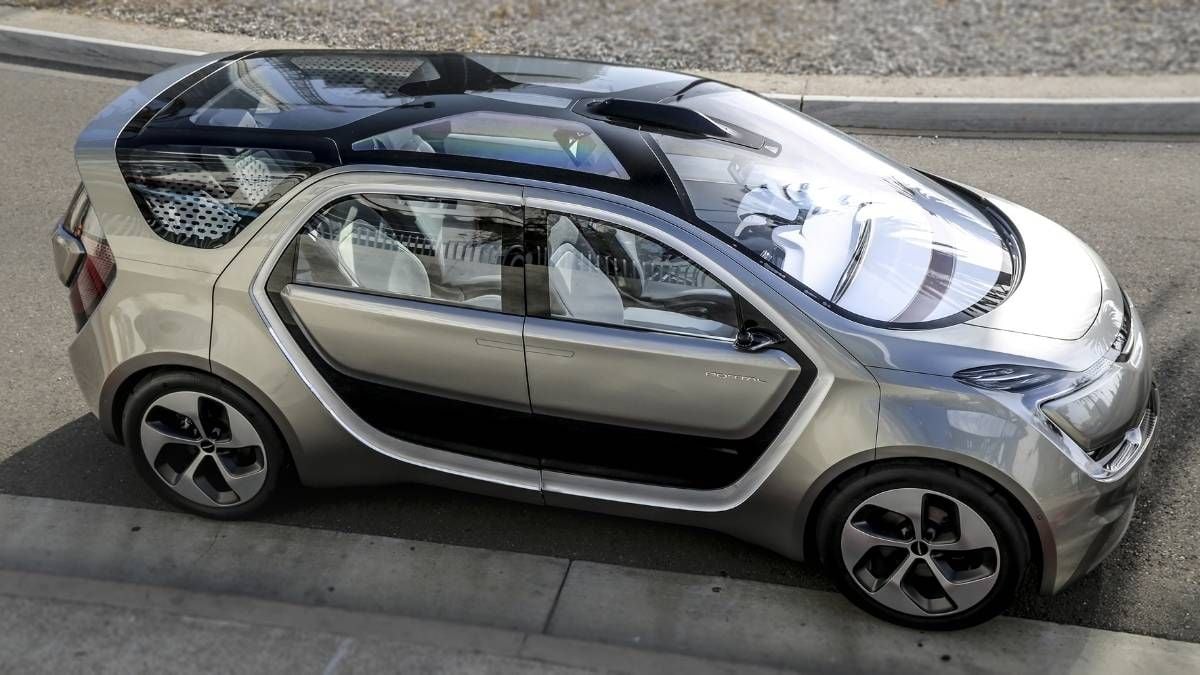The Minivan was one of the cars that helped both Chrysler and Renault in the early 80s, and it largely became the replacement for the station wagon. It had a number of advantages over the station wagon: more usable interior space, easier parking and driving given the forward driving position, sliding doors that make rear access for kids or large items like baby seats easier than in cars, and one of the better automotive values.
The Minivan also got a stigma of being uncool, which is why many people moved to SUVs even though the Minivan provided more they needed for less money, given most families that have SUVs never take them off-road or make use of the “sport” part of the SUV.
The Minivan Needs A Makeover
While the Minivan was something to be proud of in the 1980s, today it is connected to affluent families, and you generally see few new ones and a lot of beat-up ones on the road. People don’t seem to want to take care of them, and men, in particular, seem embarrassed to be seen driving or riding in one.
It does retain its utility by providing great value for the dollar, upgrades that include all-wheel drive, and ease of access for toys, wheelchairs, and lots of kids or pets. The trunk is relatively low, making it easy to load and unload, and while quality has sometimes been a bit uncertain, it should be more popular than it currently is.
Enter The Chrysler Portal Concept
The Chrysler Portal Concept reimagines the SUV as more modern, attractive, and valuable. It is electric, and unlike most electric vehicles in the US, it has its EV socket in the front, making it easier to charge from public charging stations. The side doors both slide, opening up the entire side of the car for loading, and the interior is very flexible with extremely movable seats, so you can haul much more than you’d typically be able to get into a contemporary minivan.
It is designed for autonomous driving, which, once mature, would be ideal for ferrying the kids if the parents aren’t available or allowing the parents to interact with the kids without putting them at risk as the car continues to focus on driving.
It is sleek and highly modern, and it uses advanced lighting technology to alert drivers around the car to the driver’s intentions and make the car look fantastic. While the concept initially came out in 2017, it is topical because Chrysler had indicated after a planned refresh in 2026 that the Portal, under the Pacific brand, should be out in 2026. We’ll see how many unique Portal features survive in the production car.
Wrapping Up: Chrysler and Stellantis Need The Portal
Chrysler and Stellantis are struggling, and it isn’t clear if they have until 2026 to revitalize their brands. Their electric muscle cars have gotten mixed reviews (I like them, but I don’t appear to be in the majority), and the firm desperately needs something to make it appear current and relevant.
The Chrysler Portal concept could be just what the company needs. It is edgy and very attractive, and it addresses the same needs that the original Chrysler minivans did: It should be a good value, very flexible (far more flexible than the original), and one of the best-looking, extremely useful vehicles on the road.
In the end, the success of this vehicle will depend on whether Stellantis can hold on long enough, whether they can keep close enough to the concept with the final car, and whether they can fund an adequate marketing campaign so that the people that would most benefit from this car will consider it.
If done right, the Portal could do a lot to save the company. I just wonder if they have the will to do this right.
Rob Enderle is a technology analyst at Torque News who covers automotive technology and battery development. You can learn more about Rob on Wikipedia and follow his articles on Forbes, X, and LinkedIn.





